Dance Dance Revolution ushered in a new era of foot-tapping gamers, fighting to keep rhythm with a soundtrack of pumping dance tracks in front of avid onlookers. It combined rhythm, dexterity and fitness to challenge gamers to stomp on the arcade machine’s pressure sensitive footpads in time with the music and on-screen prompts. Consisting of four directional arrows, Dance Dance Revolution rated players on their footwork, with each well-timed toe-tap achieving a ‘Perfect’, ‘Great’ or ‘Good’ rating, while poorly timed interactions would receive a ‘Boo’ or ‘Miss’. The game became an instant hit with gamers and spread across the globe, with gamers around the world challenging their friends to bust a move in their local arcade.
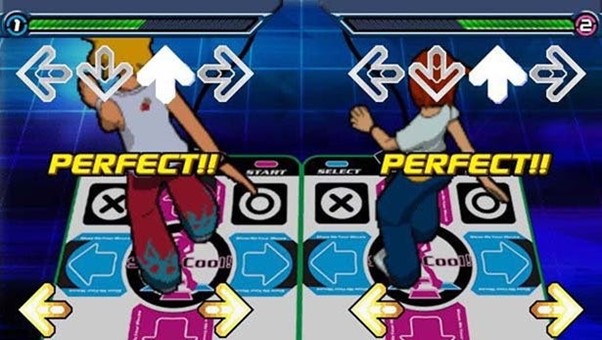
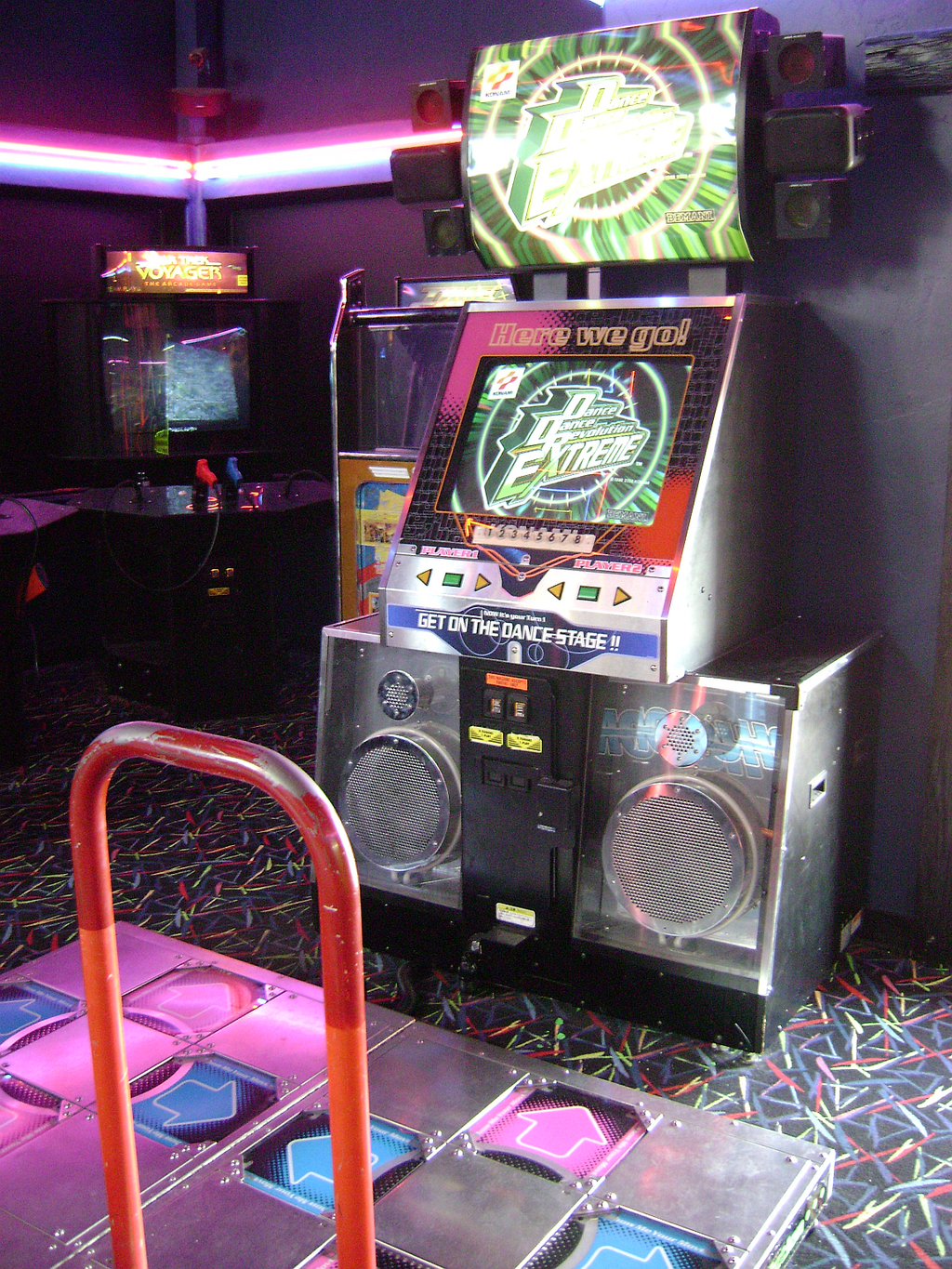
It wasn’t long before the arcade phenomenon spread to our homes and the following year Dance Dance Revolution was released on the Sony Playstation in Japan. The console version arrived with a soft dance mat peripheral that allowed players to simulate the arcade experience at home. The dance mat could be plugged into the controller port and included additional buttons to control the game such as ‘Start’ and ‘Select’, which both featured on the Playstation’s traditional controller.
The game reached new heights of popularity on console and to date over 100 different games have been released in the franchise across platforms including the Nintendo Wii, PC, Xbox and mobile phones. The concept was adapted by many developers to create different variations of dance video games, spawning some unexpected crossovers with world-renowned IP including Dancing Stage Mario Mix for the Nintendo Gamecube in 2005, which included a Mario-themed dance mat.
Although Dance Dance Revolution and its accompanying dance mat were many people’s first introduction to dance-based video games, the concept had actually entered the market a decade before Dance Dance Revolution hit the arcades. Nintendo released the Power Pad in 1988 for the Nintendo Entertainment System (NES), three years after the console’s launch. The Power Pad was a floor mat controller with 12 pressure sensor buttons, laid out in a four-by-three grid, that allowed players to use their feet (and other body parts) to control games that tested speed, timing and coordination.
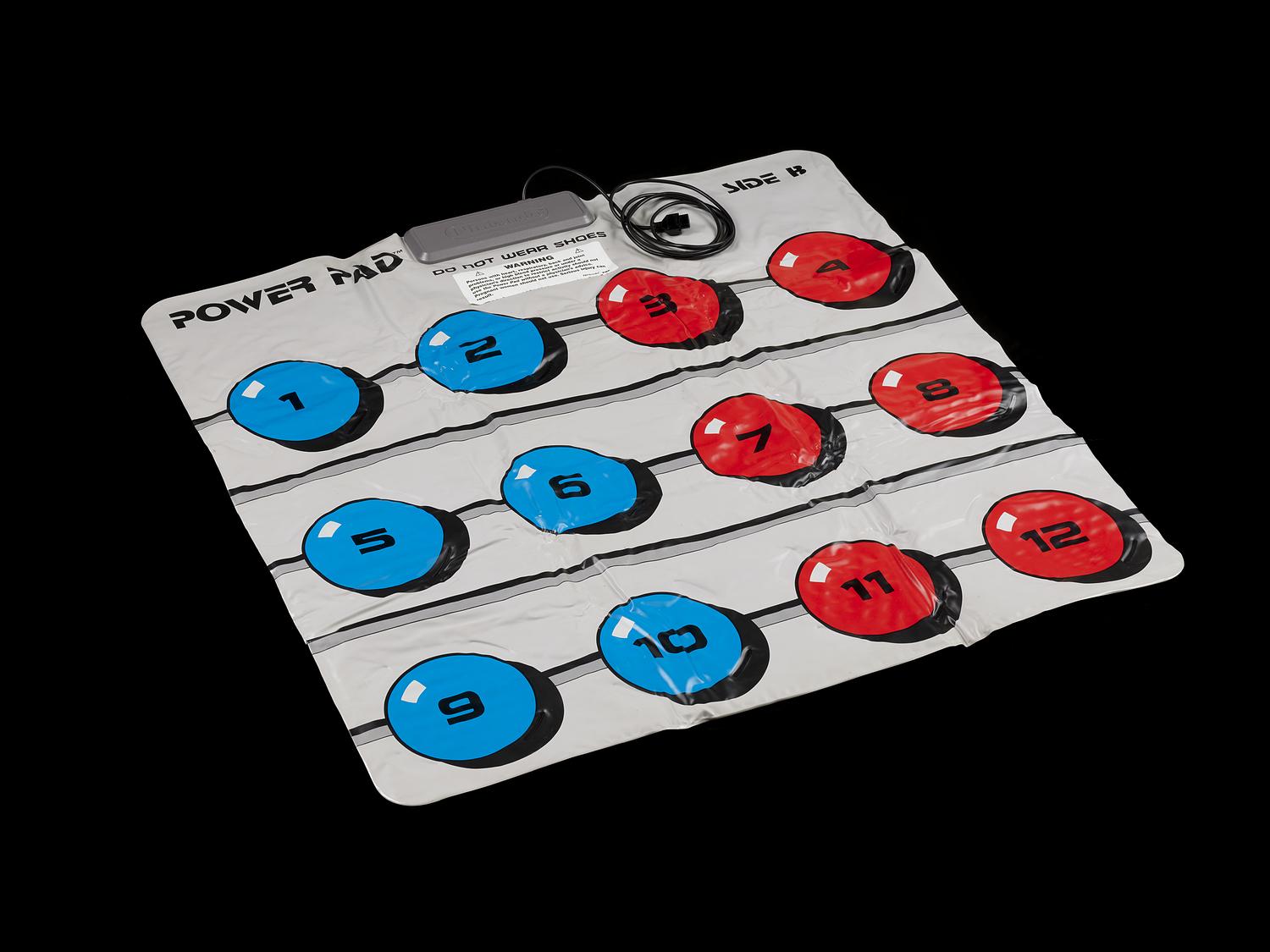
Nintendo released the game Dance Aerobics a year later, making it the first dance video game ever. Dance Aerobics used the Power Pad as a dance mat and challenged the player to follow the moves of the onscreen character, making as few mistakes as possible. The game utilised all 12 buttons on the mat, three times more than Dance Dance Revolution, and pioneered the way for the genre that would explode in popularity 10 years later. Other NES games utilised the Power Pad for movement-based games including Jogging Race, Athletic World and Super Team Games.
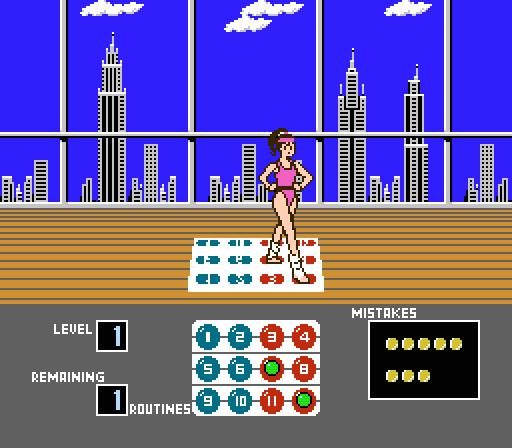
Building on the foundations of Dance Aerobics and the Nintendo Power Pad, Dance Dance Revolution popularised the use of video games for fitness and began to change the public’s image that video games could only be played whilst sitting on the sofa. Fitness video games reached a new peak with the release of Wii Sports as a launch title for the Nintendo Wii in 2006 across all territories except Japan. Wii Sports hooked audiences across the world with the ability to play real-world sports in their living room, including tennis, golf and bowling.
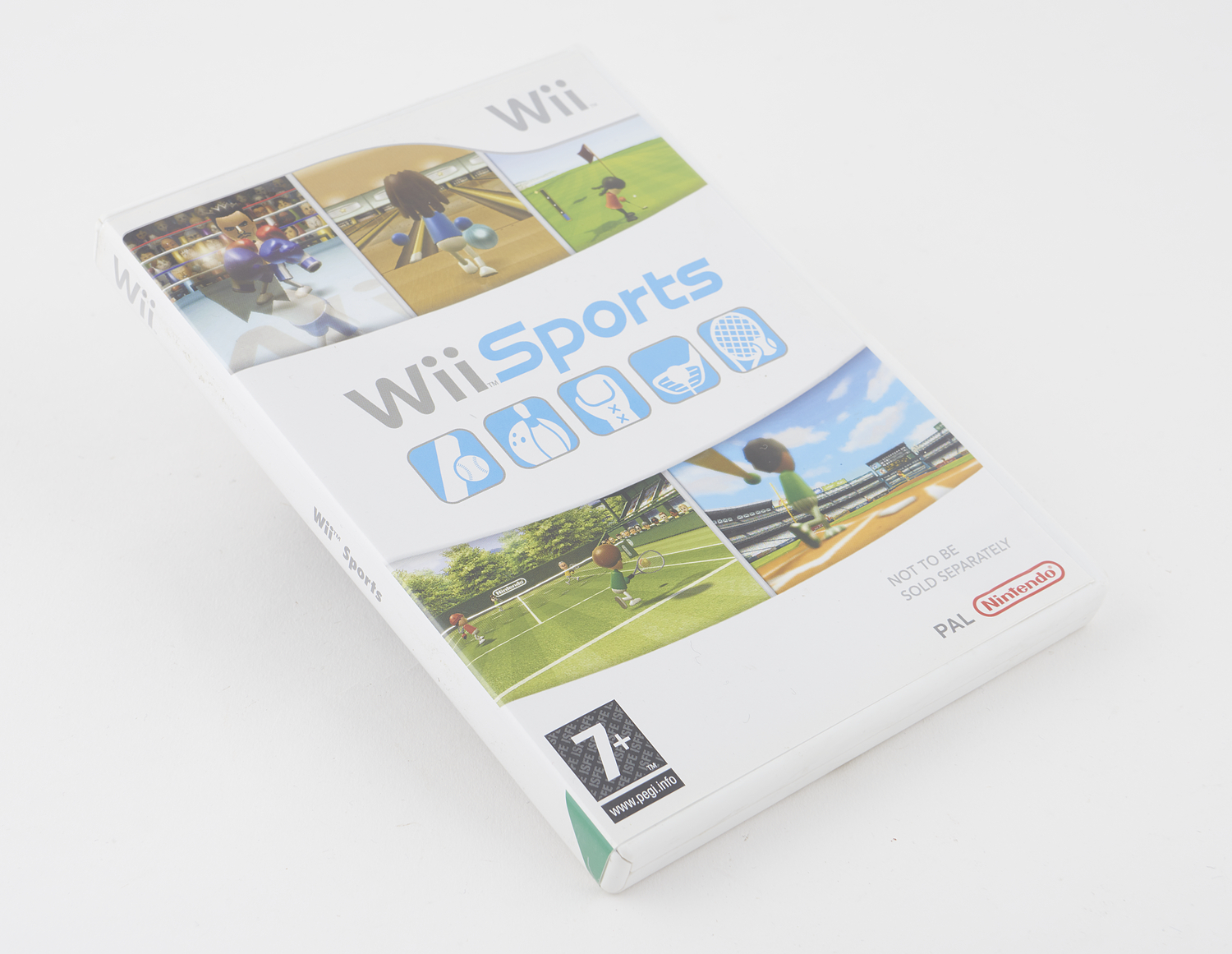
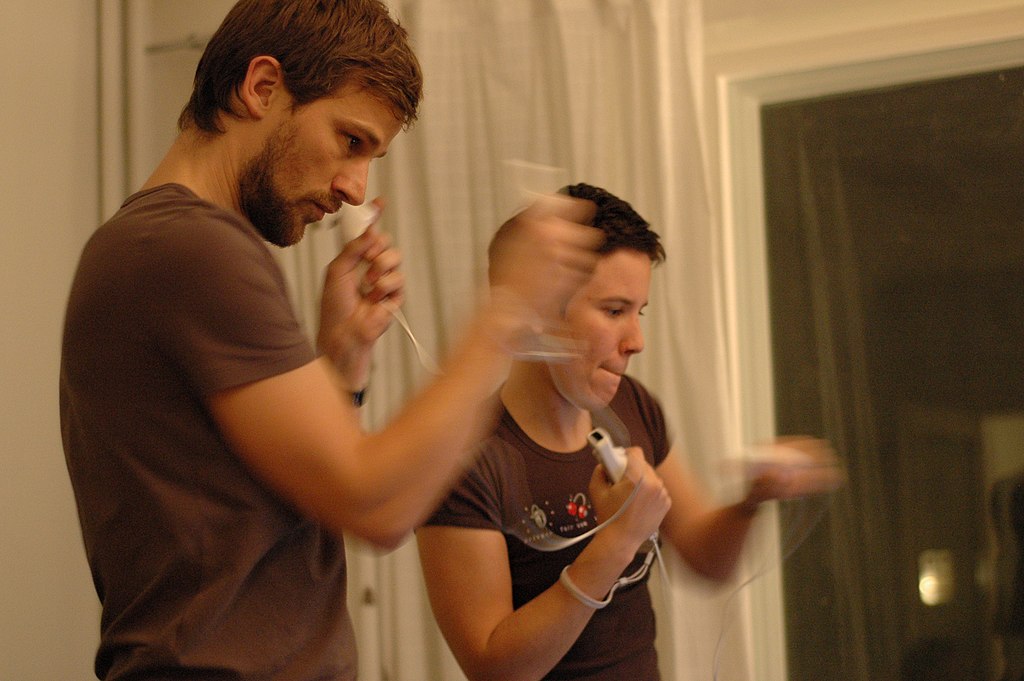
The game utilised the Wii Motion controller and Nunchuck controller to simulate the key movements involved in each sport and let families compete in multiplayer tournaments together. The game captured the imagination of gamers and non-gamers alike and brought together players of all ages to compete in virtual sports in the comfort of their own home.
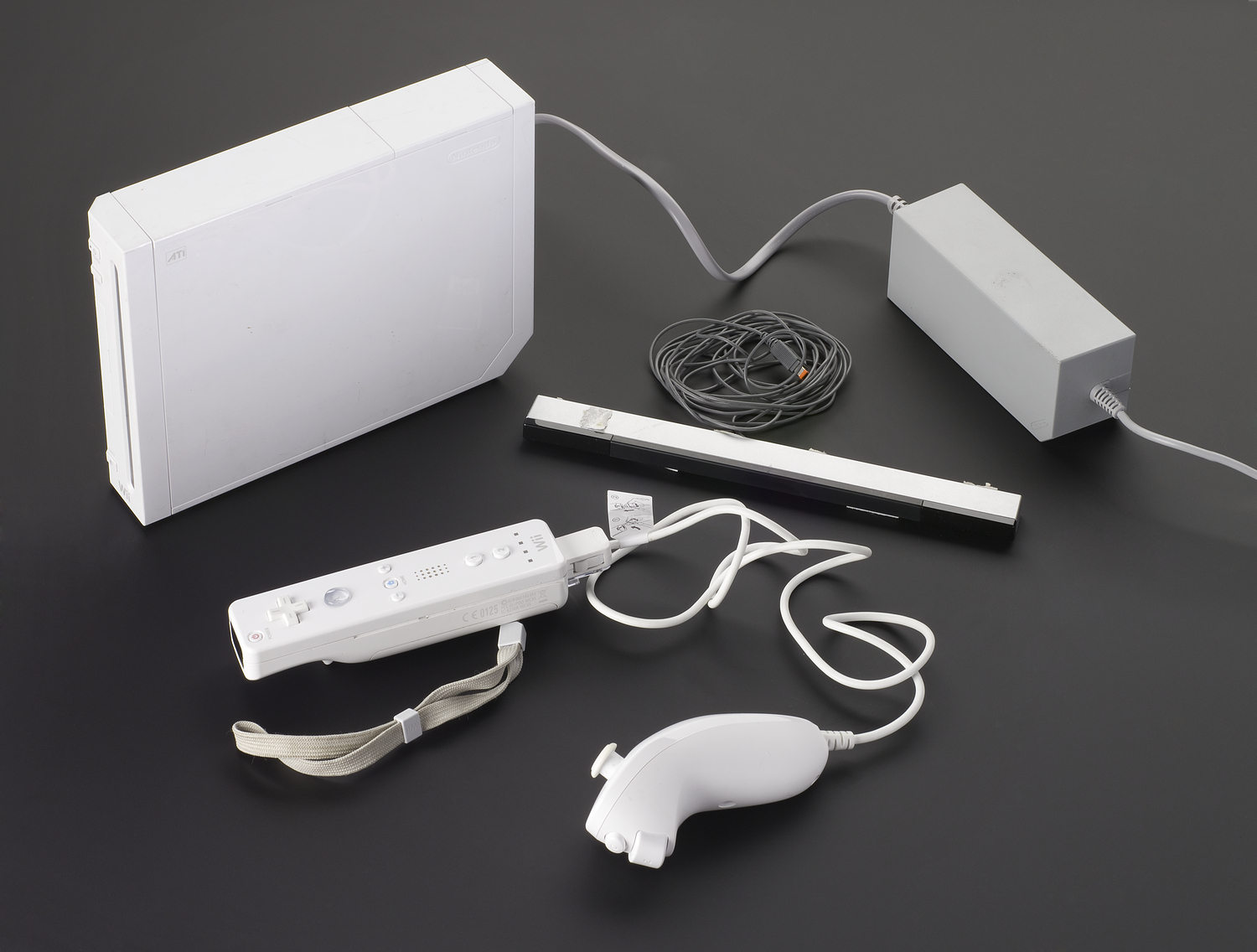
Wii Sports wasn’t the only fitness phenomenon for the console, with Wii Fit releasing the following year in 2007. Wii Fit is an exercise-focused video game that utilises a Wii Balance Board peripheral to challenge players’ balance and coordination with activities including yoga and aerobics. Players could stand on the balance board while also interacting with the game using the Wii Motion Controllers. The Balance Board was also able to track players’ weight and encourage a healthy lifestyle.
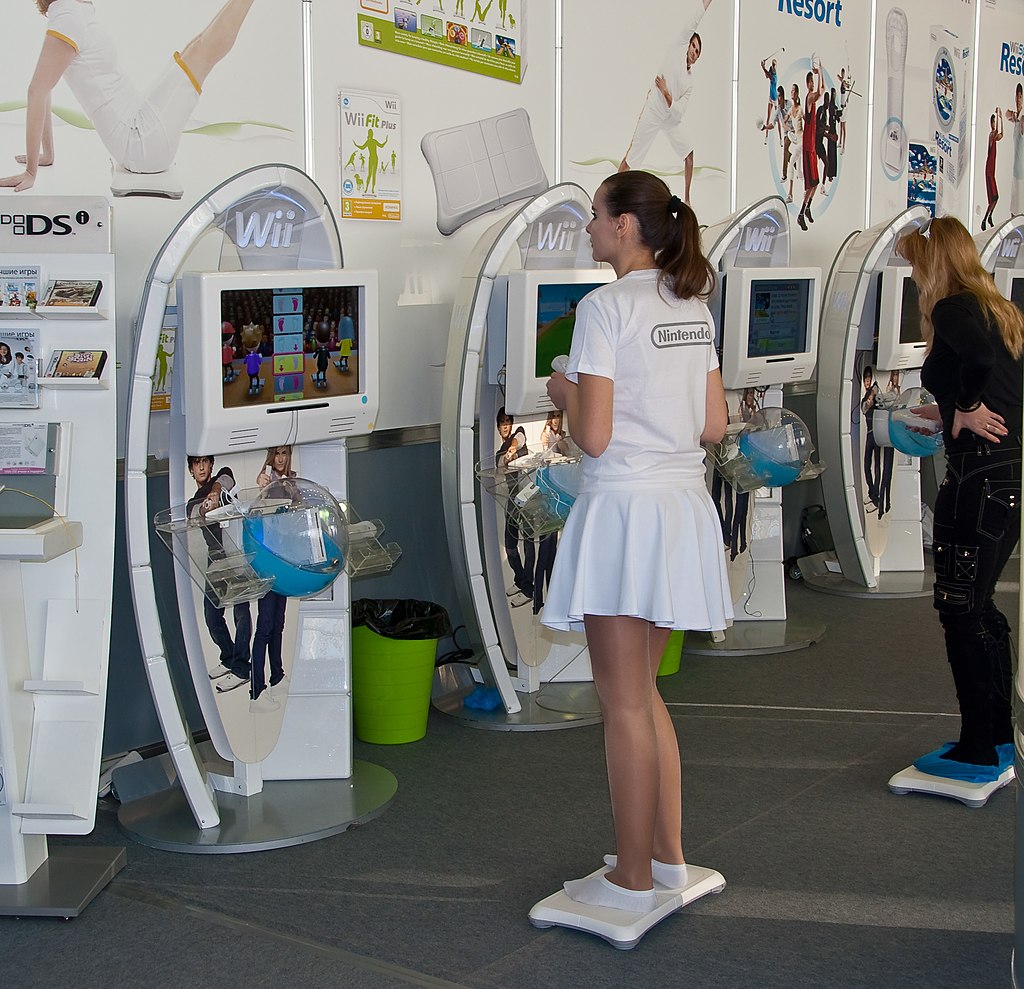
Much like the dance mat, a similar console peripheral had actually been released over 20 years earlier, in the form of the Amiga Joyboard for the Atari 2600. The Amiga Joyboard allowed players to control games using their feet, by balancing on the board, which in turn controlled a directional joystick. The peripheral could be used to simulate different sports including skiing and surfing, but very few games were ever released that used the peripheral.
The popularity of dance and fitness games has continued over the last decade, with franchises such as Just Dance becoming incredibly successful across the last three generations of home consoles. As the technology has evolved, so have the games, moving away from the original dance mat peripherals in favour of camera tracking and motion controls. The most recent edition of the game, Just Dance 2024, can be played on the Playstation 5 using the player’s smartphone as a motion controller. The game uses a companion app on the mobile device, allowing it to track the player’s movements as they hold it, mimicking the dance routines of the characters on screen.
The genre has grown a new generation of audience through the embrace of virtual reality, with the incredibly popular game Beat Saber launching in 2018 and continuing to build a growing following over the past five years, releasing across the majority of VR platforms including PSVR, Meta Quest and HTC Vive. The game transports the player into surreal, neon environments (think Tron) where they use two VR motion controllers as coloured lightsabres to slice through approaching blocks of the corresponding colour in time to the music. It can be a fast-paced and frantic experience on higher difficulty settings and involves increasing challenges such as the requirement to slice through blocks in specific directions. Much like in Dance Dance Revolution, players score points based on the accuracy of their interactions in time with the music and on-screen prompts. The game has a continually expanding music library of both original and licenced music, including songs by artists including Green Day, Linkin Park and Queen.
This doesn’t mean that the traditional dance mat peripheral has fallen completely into obscurity. Some gamers have repurposed them to add an additional challenge to modern games, using them to play games that are meant to be played with a traditional controller in order to increase the difficulty and add a fun twist to the way that they play. Last year, Twitch streamer MissMikkaa beat the famously difficult game Elden Ring using a dance mat to control her character. This video from IGN explains how she does it:
The dance mat is not the only NES video game peripheral to make the crossover between arcades and living rooms. The console’s Zapper light gun was released in Japan in 1984 and allowed players to shoot moving targets on the screen.
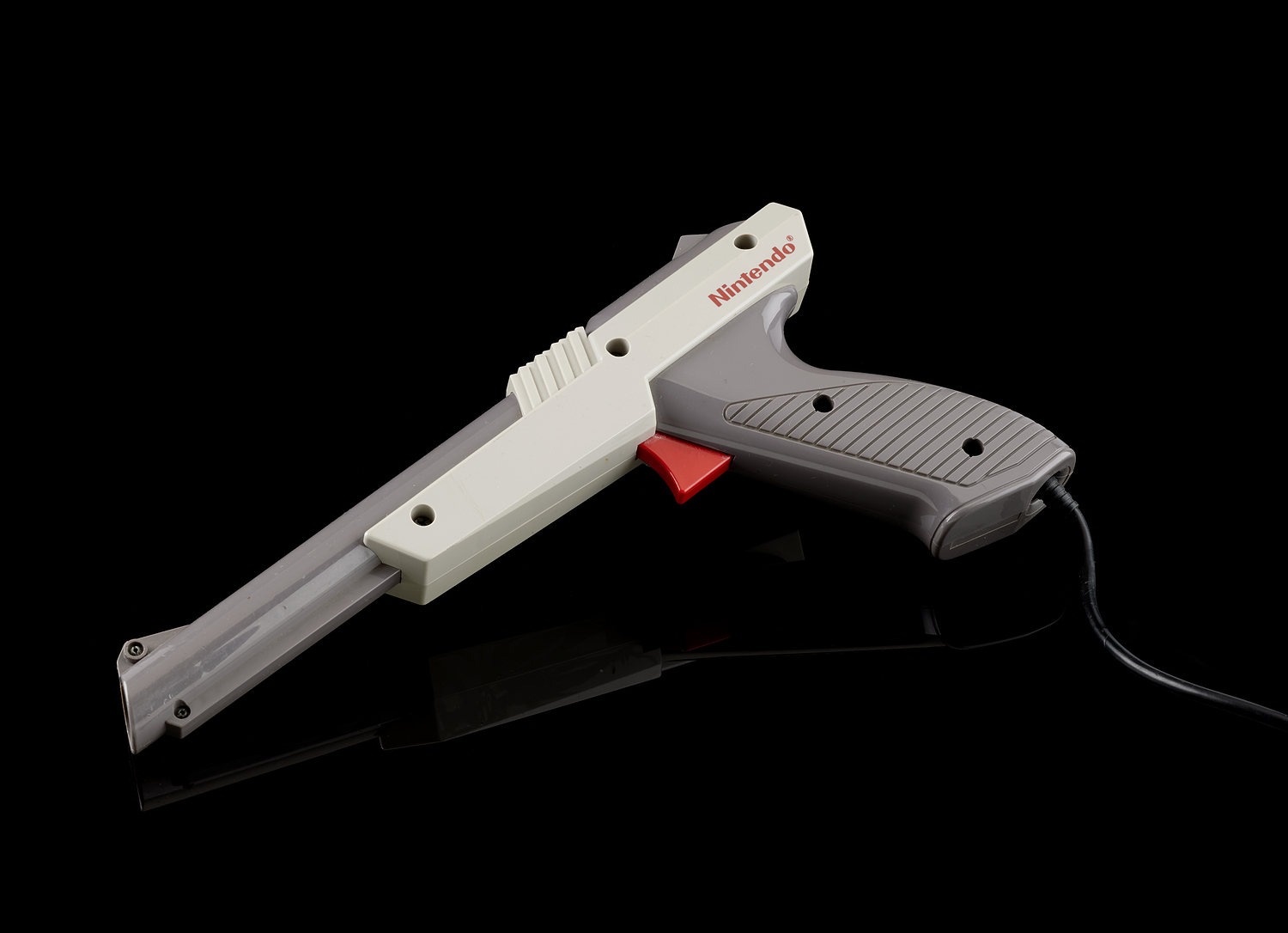
The game Duck Hunt was released alongside the Zapper as a launch title for the NES in North America. Duck Hunt actually made its first appearance in arcades almost 20 years earlier, but developed by SEGA. This much earlier game of the same name used electro-mechanical components rather than those of its light gun console counterpart. These early examples paved the way for other popular arcade and console titles using light guns including Time Crisis, House of the Dead and Point Blank.
